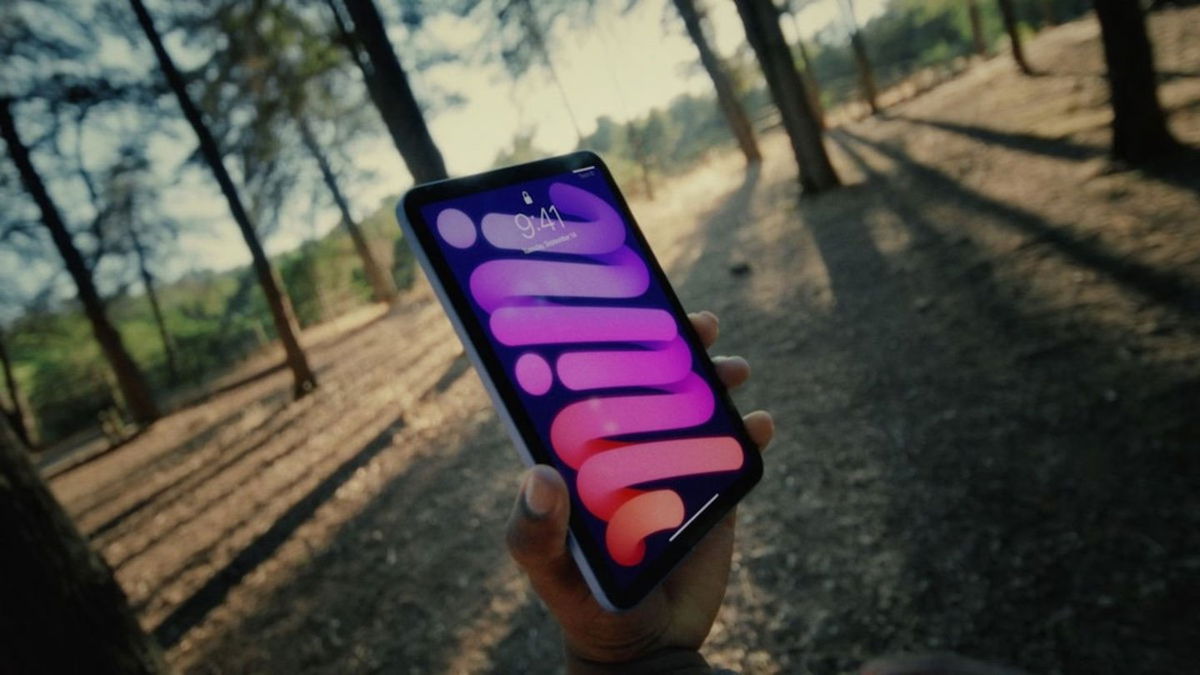Leap seconds are often introduced to correct for changes in the Earth’s rotation rate and to synchronize with atomic timekeeping. Therefore, natural events such as earthquakes can affect the Earth’s rotation rate, creating the need for periodic adjustments.
Since its introduction in 1972, leap seconds have been added 27 times when the difference between UTC and UT1 exceeds 0.9 seconds. While the addition of leap seconds is critical for systems that rely on precise timekeeping, such as GPS, it has also caused failures in digital infrastructure, including the infamous incidents with Cloudflare and Linux servers.
At the same time, discussions about the future of leap seconds continue, and there is even talk of eliminating them by 2035 in order to “reduce problems in both scientific research and digital technology.”
Source: Ferra
I am a professional journalist and content creator with extensive experience writing for news websites. I currently work as an author at Gadget Onus, where I specialize in covering hot news topics. My written pieces have been published on some of the biggest media outlets around the world, including The Guardian and BBC News.










